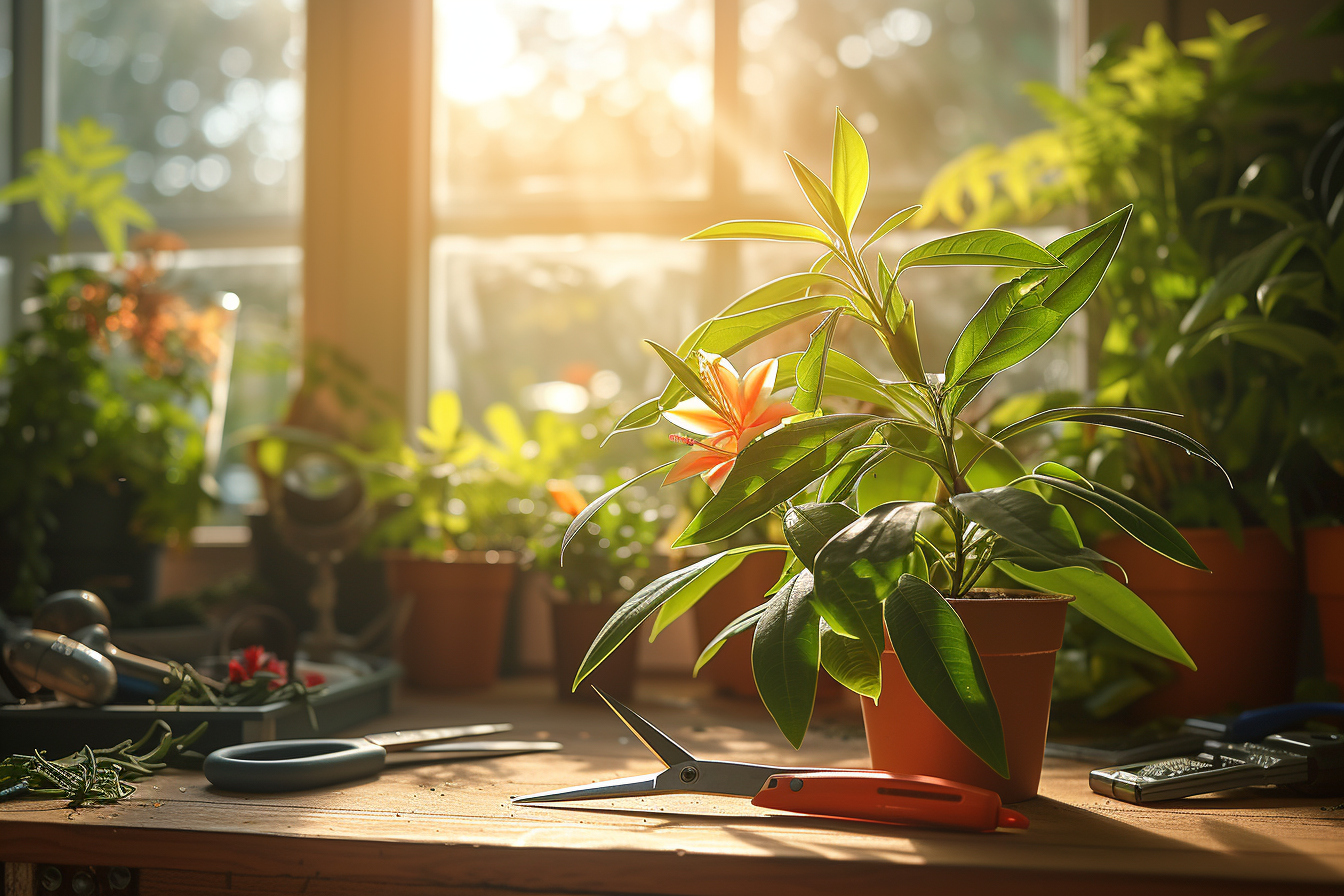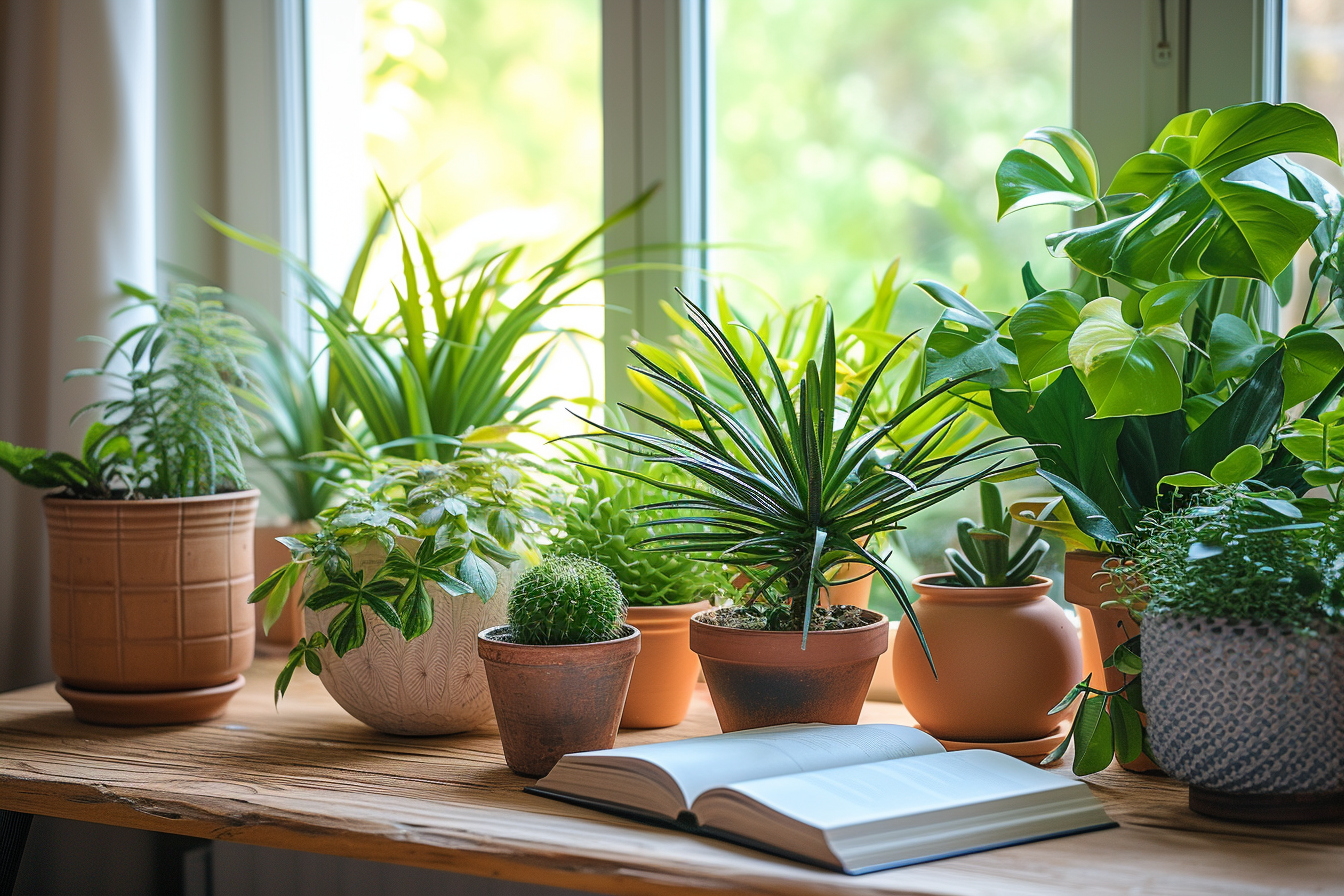Transforming your indoor space into a lush tropical oasis requires both passion and understanding when it comes to the special care these plants need. Tropical plants can bring a sense of the exotic and vibrant color to your home, but their successful cultivation lies in mimicking their natural habitat as closely as possible. This article delves into the best practices for nurturing tropical plants indoors, covering lighting, water, humidity, temperature, soil, fertilizer, and proper plant selection.
The right light: sunlight demands
Optimal lighting conditions are paramount for the health of tropical plants. In the wild, these plants often thrive under the canopy of larger trees, thus requiring bright, indirect sunlight when cultivated indoors. South-facing windows can be ideal locations, capturing significant amounts of light without the scorching midday sun. For those with less naturally-lit homes, grow lights can serve as an effective substitute, ensuring that plants receive adequate light for photosynthesis while avoiding the risk of leaf burn from direct sun exposure.
Water wisdom: hydration without overwatering
Watering practices are another cornerstone of tropical plant care. Indoor tropical plants prefer their soil to be consistently moist, but not waterlogged. Overwatering is one of the most common mistakes and can lead to root rot. It is crucial to establish a watering schedule that maintains the right balance. One common method is to wait until the top inch of soil is dry to the touch before watering. Employing a well-draining pot and soil mixture can help manage moisture levels and keep your plants in optimal health.
Humidity haven: creating a moist environment
Humidity simulates the moist, dewy environments that these plants are accustomed to. Many tropical houseplants flourish when the air is between 50 to 70 percent humidity. This can be challenging during the drier months or in arid climates, where indoor air can become too dry for these plants to thrive. Solutions can include using a humidifier, placing water trays near your plants, or keeping them in naturally humid areas like kitchens and bathrooms. Regular misting can also provide temporary relief, but it alone often falls short in maintaining consistent humidity levels.
Temperature and airflow: simulating a tropical breeze
The ideal temperature range for indoor tropical plants typically falls between 60 to 80 degrees Fahrenheit (15 to 26 degrees Celsius). Abrupt temperature fluctuations can stress these plants, so try to avoid placing them near drafty windows or vents where hot or cold air could blow directly on them. Gentle air circulation is beneficial, reproducing the soft breezes of a tropical climate which helps strengthen plant stems and reduce the risk of fungal infections.
Fertile ground: soil and nutrition
Select the appropriate soil and fertilizer to mimic the nutrient-rich environment of a rainforest. Indoor tropical plants typically require a potting mix that is both rich in organic matter and well-draining. Adding elements like perlite, peat, or vermiculite can improve soil aeration and moisture retention. Feeding your plants with a balanced, water-soluble fertilizer during the growing season enhances their vibrancy and growth. However, be mindful of over-fertilization, as this can lead to a buildup of mineral salts, which are harmful to the plants.
Ideal selection: choosing the right tropical plants
Not all tropical plants will thrive in the same indoor conditions, so choosing the right plant species is paramount. Research each plant’s specific needs before making a purchase. Some tropical plants, like the peace lily, are known for their low-light tolerance, making them a suitable choice for spaces with limited sunlight. On the other side of the spectrum, species like the bird of paradise require ample light to maintain their stunning foliage. Proper plant selection ensures a better success rate and a more rewarding indoor gardening experience.
Propagation and pruning: sustaining health and growth

Pruning your plants not only maintains aesthetics but also promotes healthy growth. Remove dead or yellowing leaves to focus the plant’s energy on new growth. Don’t shy away from propagating your tropical plants; this can provide you with new plants to expand your indoor garden or to share with fellow plant enthusiasts. Methods of propagation, such as cuttings or division, vary depending on the specific species and it’s fulfilling to watch new plants grow from your propagation endeavors.
Regular check-ups: pest control and disease prevention
Maintaining vigilance against pests and diseases is part of the ongoing care that tropical plants need. Common pests such as spider mites, mealybugs, and scale can infest your plants, while overwatering can lead to fungal infections. Regular inspections allow for early detection and treatment, ensuring the long-term health of your tropical indoor garden.
Final thoughts on cultivating indoor tropical plants
By adhering to the discussed guidelines, enthusiasts can create an indoor environment akin to a tropical paradise, filled with healthy, thriving plants. Understanding the unique demands of tropical plant care is essential, but equally important is the joy and tranquility that these vibrant ecosystems can add to your life. Taking the time to learn and adjust these factors to match the needs of your indoor tropical plants will transform you into a successful indoor gardener, and your home into a serene and lively space.











